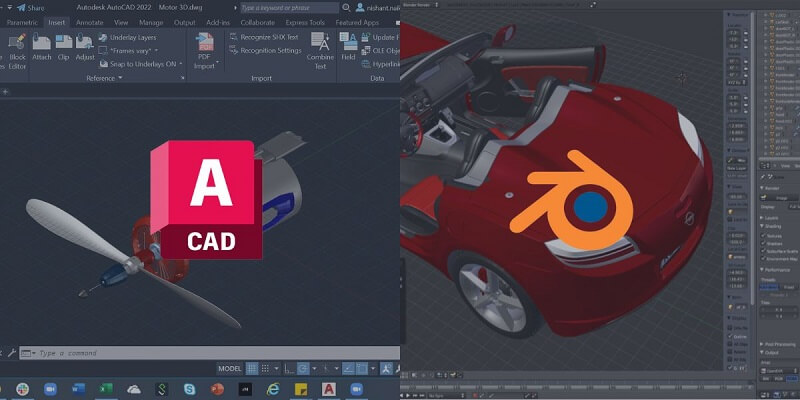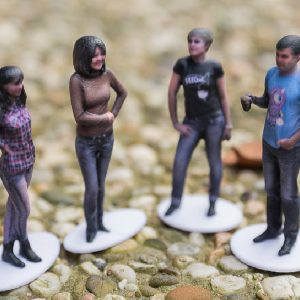
The world of 3D modeling has grown significantly in recent years, with advancements in technology making it more accessible for beginners to learn and create their models. From creating product designs to architectural renderings, 3D modeling has become an essential aspect of many industries.
In this guide, we’ll be exploring the basics of 3D modeling software and techniques, with a focus on 3D miniatures.
Choosing the Right 3D Modeling Software
One of the first steps in mastering 3D modeling is to choose the right software. Some popular options include AutoCAD, Blender, SketchUp, and 3DS Max.
When choosing software, it’s important to consider what you want to achieve with your modeling, as well as your skill level and budget.
AutoCAD
AutoCAD is professional-level software that is widely used by architects, engineers, and designers to create detailed and accurate 2D and 3D designs. While it is a more complex software, its versatility and precision make it a great option for creating 3D miniatures with intricate details.
Blender
Blender is a free, open-source 3D modeling software that is ideal for beginners. It has a large community of users and a wide range of tutorials and resources available, making it a great option for those just starting out in the 3D printing industry.

The Basics of 3D Modeling
Once you have chosen the software that is right for you, it’s time to dive into the basics of 3D modeling. Here are some essential techniques you should learn:
- Modeling: Creating a 3D model from scratch or modifying an existing model.
- Texturing: Applying color, texture, and patterns to the surface of a 3D model.
- Lighting: Adding lighting to a 3D model to create depth and realism.
- Rendering: Generating a photorealistic image of a 3D model.
Creating 3D Miniatures
While 3D modeling can be applied to a wide range of projects, creating 3D miniatures is a great place to start for beginners. Here are some tips to help you get started:
- Choose a subject: Start by choosing a subject for your 3D miniature. This could be anything from a small building or statue to a character or vehicle.
- Research: Do some research on your chosen subject to gather reference materials and information that you can use as you model.
- Start simple: Don’t try to create a complex model right away. Start with a simple shape and work your way up to adding more details as you become more comfortable with the software.
- Practice, practice, practice: The more you practice, the better you will become at 3D modeling. Try creating multiple models and experimenting with different techniques to improve your skills.


Conclusion
In conclusion, 3D modeling is a fascinating and rewarding skill that offers endless possibilities for creation and design. Whether you are interested in creating 3D miniatures or pursuing a career in 3D modeling, mastering the basics of 3D modeling software and techniques is the key to unlocking your full potential.
With the help of this guide, you’ll be able to choose the right software and start your journey toward becoming a skilled 3D modeler.
Become a 3D Design Expert and get placed in a tech-driven workspace. Learn about our 3D Printing Academy.



